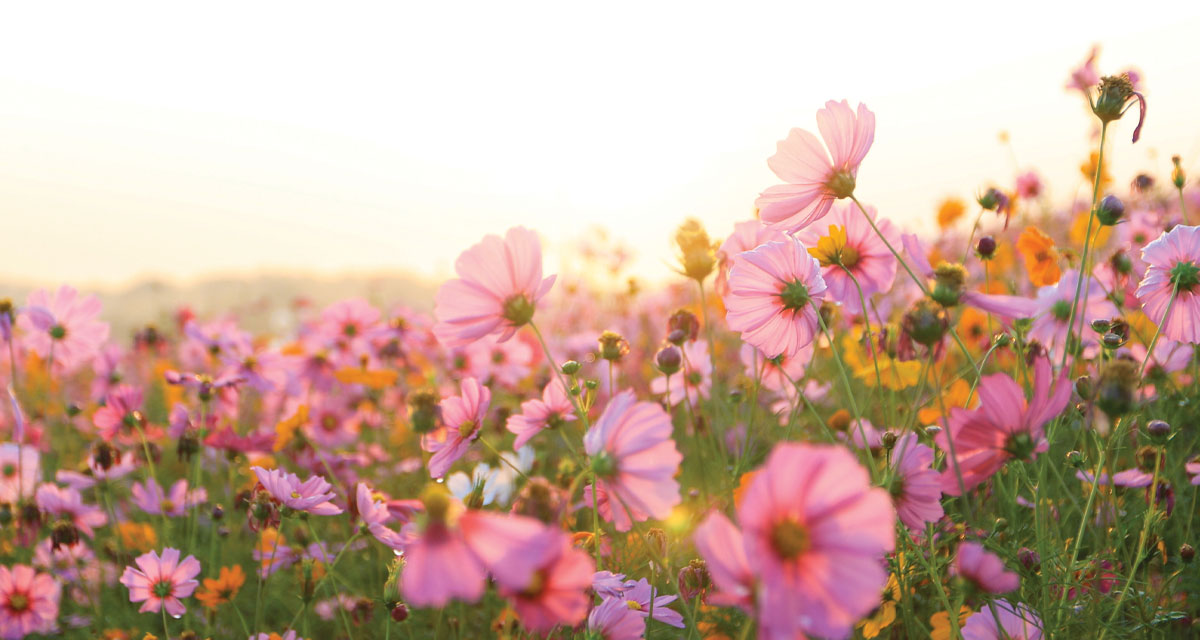Prepare to cheer on bees, butterflies, hummingbirds, and other beneficial creatures! National pollinator week is just around the corner! Through the study of pollinators, we can understand the relationship between insects and crops, flowers, trees, and plants producing oxygen. The week of June 22nd offers an educational period to understand why insects are in a state of decline eight times faster than mammals, birds, and reptiles.
Honeybees
“God save the Queen” is an expression of prayer in hopes the Queen of the bees holds her colony together and thrives. A second vital role within a colony is the “forager.” She flies in search of bright ultraviolet colors, which appear similar to an electric field. Flowers have a connection to the pollinator’s nervous system, a type of static electricity. With a clear distinction between light and dark, she can see the edges of petals and smell the aromatic promise of the sweet nectar. The tiny bristling hairs which cover the abdomen and legs, respond by rising to collect balls of pollen. She bounces from flower to flower, drinking her fill, roughly 0.16 of a teaspoonful, before returning to the hive to perform the symbolic waggle dance, encouraging other foragers to seek the food source. The dance lasts as long as the flight. Before departing, the foragers will taste the promised honey.
A Helping Hand: One distinction of the honeybee is it has four wings, and hair covering its black and yellow bodies. If you are fortunate to see her, do not shy away. Place two fairly tall rocks in your birdbath to ensure the smaller-winged flyers can have access to water.
Offering Pollinators a Welcoming Environment
Witnessing the swooping dives of birds, the slow fluttering of colorful butterflies, and the zips and flits of dragonflies heightens the enjoyment of being outdoors. Just think that pollinators comprise 200,000 different species! Flies, beetles, moths, and bats are part of the list, as well as dogs and cats and other mammals. As the pollen clings to an animal’s coat, it brushes against another plant to aid the ecosystem!
Plant a Wildflower Garden: Find a good location with direct sun and away from traffic to create an uncultivated garden of native pollinating flowers. The first step is to remove rocks and clumps of grass before adding compost. Tilling encourages substantial areas in the soil to loosen and become workable, which enables root systems to flourish. Wet the soil thoroughly. Use a clean bucket to combine equal amounts of sand, perlite, and potting soil. (Four parts soil will equal one part seed.) Stir gently with a trowel. Take handfuls of the combined soil and seed mix and toss. If necessary, use your hand to spread the top of the soil evenly, or use a rake. Cover with compost. Water daily until the seeds are established, and several times a week throughout the summer. Be patient! And, soon, a variety of pollinators will arrive!
Plant, Plant, Plant!
Pollinators help more than 75% of all flowering plants. Without our winged flyers, it would be difficult to enjoy many of our favorite foods that grow on fruit trees and bushes, and especially crops. Self-pollinating plants like peppers and tomatoes, for instance, cannot produce without the help of a winged flyer. Spring and Fall are ideal seasons to plant vegetables. Consider expanding your yields by adding varieties of fruit trees, blueberry or blackberry bushes, or native trees, such as oaks and maples.
Provide Shelter: With an adequate source of food and water available to pollinators, the next addition is housing. While butterfly and bat houses are distinctive in design, other types of specific birds or owl structures require specific measurements, which may include a covered roof and perch. Check online for instructions.
Listening and Watching
Beyond hearing the delightful sounds arriving at your front porch each day, begin watching programs or documentaries, or listening to podcasts that broadcast information on environmental topics such as the National Wildlife Refuge, endangered pollinators, backyard habitats, the migration of the Monarch butterflies, and beekeeping.
The birds and bees need your help! With an effort to provide water and food stations, planting crops and establishing wildflower gardens, flowering bushes, vines, and trees, you can encourage pollinator diversity and abundance!



















